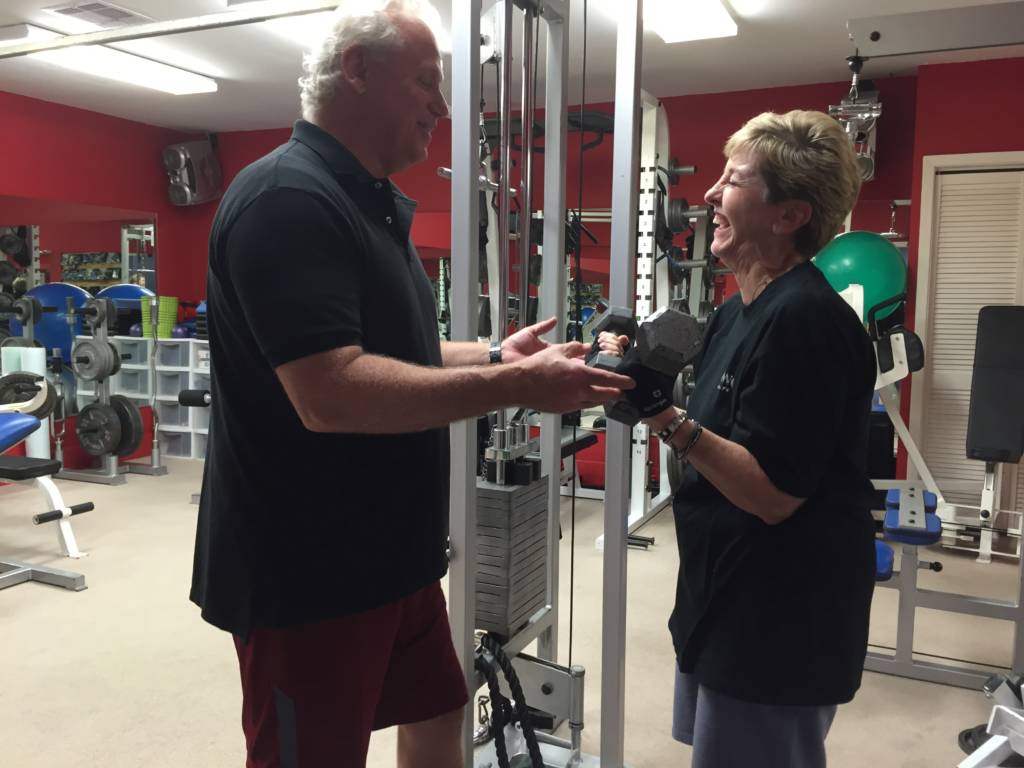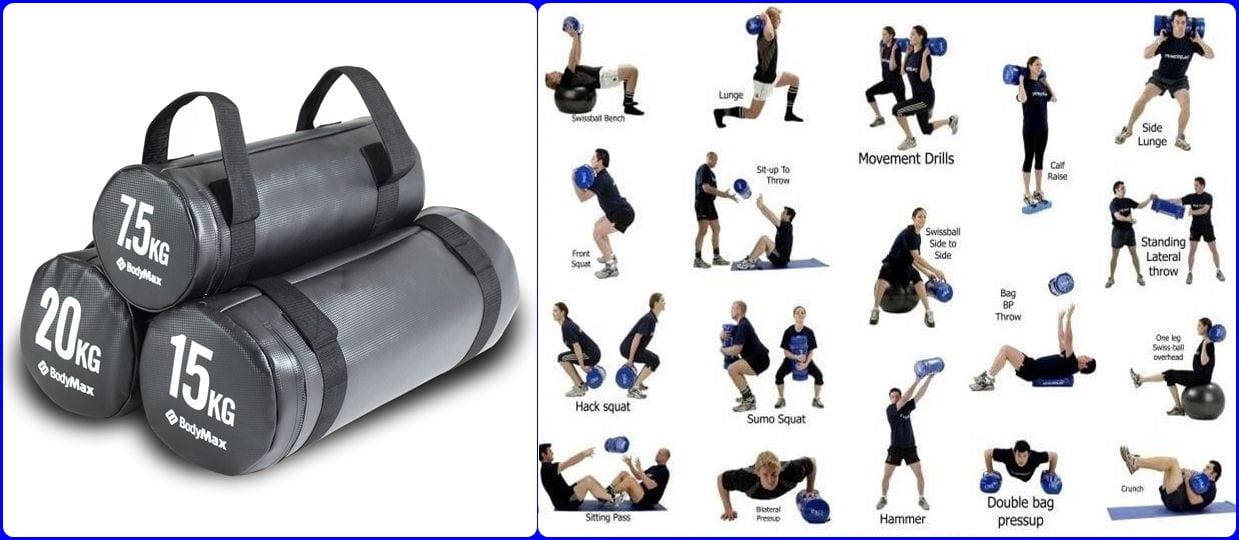Fortunately, the use of medications such as dexamethasone has greatly reduced the incidence of vomiting, and if nausea does develop, there are treatments that can alleviate your symptoms. Exercise during therapy and monitor skin healing perform these exercises every day until your shoulder movement is back to normal.
Resuming Workout After Thyroidectomy, The patient is informed that the stretching exercises will not affect the surgical wound. Since you should avoid neck movement as much as possible for the first 24 to 48 hours, exercise is generally discouraged during that time.

Listen to your body and progress at your own pace. Exercise during therapy and monitor skin healing perform these exercises every day until your shoulder movement is back to normal. I haven�t had surgery but from what i understand resuming exercise would depend on how soon your level of thyroid hormone reaches therapeutic level. Practise the basic movements you need to drive safely.
I haven�t had surgery but from what i understand resuming exercise would depend on how soon your level of thyroid hormone reaches therapeutic level.
Don’t do significantly more than 3 times a day, 5 to 10 repeats. These gentle stretches include flexion and rotation of the sternocleidomastoid muscle, flexion and extension of the posterior neck muscles, lateral side bends to stretch the sides of the neck and shoulder shrugs. Here are a few notes on my recovery process following the thyroidectomy surgery. Fortunately, the use of medications such as dexamethasone has greatly reduced the incidence of vomiting, and if nausea does develop, there are treatments that can alleviate your symptoms. The effects of the stretching exercises on the participants� neck pain and disability, neck sensitivity, pain with neck movements as well as on wound healing, were evaluated at the end of the first week and at 1 month following surgery. Appropriate treatment soon after thyroidectomy (surgical removal of the thyroid) should include thyroid hormone replacement.
 Source: neo-fx.com
Source: neo-fx.com
When you are doing these exercises, dress comfortably in loose clothing, do them slowly, and breathe deeply. Both have an equally challenging aspect which means metabolism and overweight are interconnected with each other. The effects of the stretching exercises on the participants� neck pain and disability, neck sensitivity, pain with neck movements as well as on wound healing, were evaluated.
 Source: neo-fx.com
Source: neo-fx.com
The endocrine surgical unit at the university of sydney recommends that patients perform neck exercises both before and after surgery to help reduce any muscle strain. If you used to spend 30 minutes on the elliptical, start with a 15 minutes. Day 1 (friday) surgery started at 8:15am, and after greeting everyone in the operating room and laying my head.
 Source: jiji.ng
Source: jiji.ng
Relax shoulders and neck sufficiently; As your neck begins to heal and your pain subsides, you can slowly begin adding back daily activities that require the twisting and turning of your neck. Here are a few notes on my recovery process following the thyroidectomy surgery. Practise the basic movements you need to drive safely. Don’t do significantly more than 3.
 Source: study.com
Source: study.com
For this reason, it is important to follow a plan to safely Be gentle and do not overstretch. Relax shoulders and neck sufficiently; Aim to do your exercises about 30 minutes to 1 hour after taking any painkillers. Both have an equally challenging aspect which means metabolism and overweight are interconnected with each other.

Exercise during therapy and monitor skin healing perform these exercises every day until your shoulder movement is back to normal. The patient is informed that the stretching exercises will not affect the surgical wound. Normal routine life activities can be resumed after a day of surgery; Just 20 to 30 minutes, three or four times a week, is a reasonable.

These gentle stretches include flexion and rotation of the sternocleidomastoid muscle, flexion and extension of the posterior neck muscles, lateral side bends to stretch the sides of the neck and shoulder shrugs. What to expect after thyroidectomy? The endocrine surgical unit at the university of sydney recommends that patients perform neck exercises both before and after surgery to help reduce.

These gentle stretches include flexion and rotation of the sternocleidomastoid muscle, flexion and extension of the posterior neck muscles, lateral side bends to stretch the sides of the neck and shoulder shrugs. For your first cardio workouts after covid go for shorter runs, rides, swims, or other cardio activities. When you are doing these exercises, dress comfortably in loose clothing,.
 Source: medipulse.in
Source: medipulse.in
Since you should avoid neck movement as much as possible for the first 24 to 48 hours, exercise is generally discouraged during that time. These gentle stretches include flexion and rotation of the sternocleidomastoid muscle, flexion and extension of the posterior neck muscles, lateral side bends to stretch the sides of the neck and shoulder shrugs. Likewise, the subsequent hypothyroidism.
 Source: neo-fx.com
Source: neo-fx.com
Practise the basic movements you need to drive safely. Likewise, the subsequent hypothyroidism should have no impact if you are able to stablize your thyroid hormone levels. Just 20 to 30 minutes, three or four times a week, is a reasonable goal to set during treatment, she says, and you can try to work up an hour of physical activity.

Just 20 to 30 minutes, three or four times a week, is a reasonable goal to set during treatment, she says, and you can try to work up an hour of physical activity a day after your treatment is over. The endocrine surgical unit at the university of sydney recommends that patients perform neck exercises both before and after surgery.
 Source: livecareer.com
Source: livecareer.com
You should be comfortable in the driving position and able to safely control your car, including freely performing an emergency stop. Before resuming driving, you should be free from the sedative effects of any painkillers you may be taking. Aim to do your exercises about 30 minutes to 1 hour after taking any painkillers. Your thyroidectomy should have no impact.
 Source: valeroni.com
Source: valeroni.com
For most patients, walking and normal routines can resume the day after the operation, but vigorous activity and heavy lifting are not recommended for two weeks. When you are doing these exercises, dress comfortably in loose clothing, do them slowly, and breathe deeply. As your neck begins to heal and your pain subsides, you can slowly begin adding back daily.
 Source: pinterest.com
Source: pinterest.com
Just 20 to 30 minutes, three or four times a week, is a reasonable goal to set during treatment, she says, and you can try to work up an hour of physical activity a day after your treatment is over. Practise the basic movements you need to drive safely. The patient is instructed in performing five repetitions of each of.
 Source: bengaluru.citizenmatters.in
Source: bengaluru.citizenmatters.in
Be gentle and do not overstretch. Listen to your body and progress at your own pace. What to expect after thyroidectomy? Appropriate treatment soon after thyroidectomy (surgical removal of the thyroid) should include thyroid hormone replacement. Aim to do your exercises about 30 minutes to 1 hour after taking any painkillers.
 Source: asiaone.com
Source: asiaone.com
The endocrine surgical unit at the university of sydney recommends that patients perform neck exercises both before and after surgery to help reduce any muscle strain. The patient is instructed in performing five repetitions of each of the following nine exercises three times each day in four weeks: What to expect after thyroidectomy? Both have an equally challenging aspect which.








